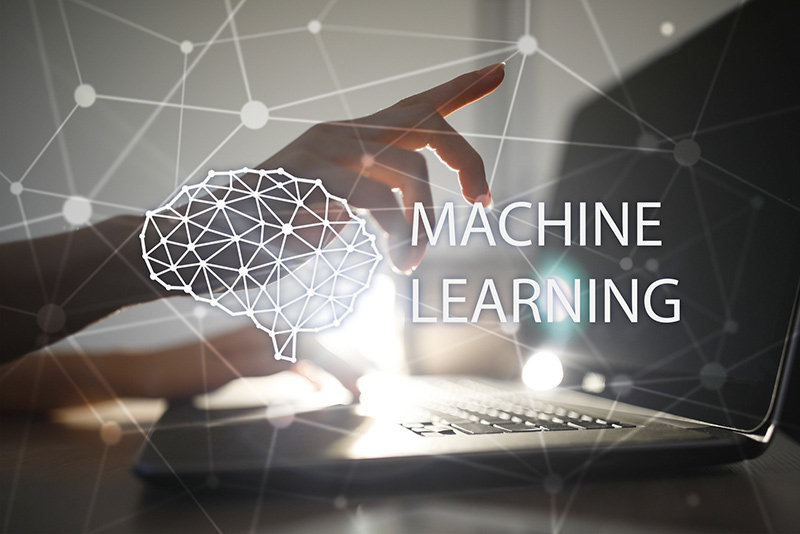Financial institutions like banks are continuously engaged in the process of creating new records for clients or doing new deals, which generate numerous paper records. These ever increasing piles of documents could prove to be a major concern for banks. Converting all this crucial data into digital format with the help of data entry services is a perfect solution for this concern. Digitized documents ensure safety, easy storage, and quick retrieval of data. In order to reduce the time taken to process payments as well as ensure better customer service, banking institutions need to streamline their organizational processes and organize their work. Optical Character Recognition (OCR) is a unique technology that banks utilize as part of high-volume information extraction. With OCR, banks are able to process, monitor and evaluate data including vast amounts of client data such as personal and security information. This helps to improve overall performance and profitability.
OCR Enables Better Efficiency
In simple terms, optical character recognition (OCR) is a technology that can extract all the text from images, PDF documents or scanned files. A scanned file is usually stored as an image if not converted into a text-searchable file with the help of OCR technology. With automated and smart document processing, the technology can effortlessly accelerate customer on-boarding and reduce the need for manual input. In addition, OCR allows banks to minimize human errors, save time, and effort while upgrading customer experience.
Here discussed are some top OCR and machine learning features that can help optimize the banking industry –
- Hasten Customer On-Boarding – Easy and remote on-boarding is one common challenge that most banks face. Banks need to validate customers’ identities (IDs) properly for routine or large banking transactions, cash withdrawals, account openings and other related functions. Some challenger banks choose to do this using manual remote validation wherein a picture in the passport or a signature gets verified within a timeframe of 24 hours. Though this may seem efficient, it actually has some major downsides. First of all, it is not real-time, so customers don’t get the real experience. It is also relatively expensive and risky due to sensitive data transfers and hence this is not the best solution in terms of privacy. However, with OCR and machine learning tools, banks can instantly capture and extract customer data from machine-readable zones on passports or other ID documents and quickly identify customers before money transfers and opening bank accounts. OCR technology provides a fully automated on-boarding “Software development kit (SDK)” that includes identity document scanning, OCR data extraction (for instance, MRZ, dates of birth, gender, pictures, signatures and more), data identification, and data validation. SDK can verify if a signature matches the signature on the identity document and if an image matches the passport photo. The software technology is real-time, safe and cost-effective and gives about ten times accuracy than manual verification.
- Integrate Scan-to-Pay Functionality – Manually entering names, amounts, bank account numbers and references for a single bank transfer can be time consuming and error prone. In fact, human or manual process errors account for 20-30 percent of revenue loss. However, the latest mobile OCR and scanners that can be easily integrated with iOS, Android, and web platforms help remove human errors from processes and ensure high accuracy of scans. OCR also provides instant scan results as scanning time is less than half a second and gives banking staff more time to focus on other facets of their work. A scan-to-pay feature uses OCR, which instantly captures invoice data. In order to make payments, a camera on a Smartphone is all that is needed. In addition, the bank card recognition module can scan the cardholder’s name, the card number, and expiry date, in any position and light, which ensures your bank transfer or payment remains error-free.
- Data Entry and Invoice Scanning – As mentioned above, banking transactions involve huge amount of data entry related to bank statements and other day-to-day transactions. OCR technology can help maintain workflow efficiently with high text-recognition accuracy. For using the scan-to-pay feature, a camera on a Smartphone is enough to capture invoice data and to make payments.
- Speed Up Loan and Mortgage Application Processing – Banks have been moving to challenging areas of activities like – stock trading, smart lending and even mortgage applications – which involve a lot of document processing. Even a single mortgage application requires processing of various documents like – the letter of intent from the employer to an employment contract or multiple salary slips and a passport. On the other hand, if the mortgage is paid by two people, the amount of documents that need to be processed doubles in size. Checking the validity of documents, comparing data between different documents and processing data from the documents into case management systems consumes lot of time. With OCR technology, automating the data extraction, comparison of documents can be done in an efficient manner. OCR and machine learning tools can speed up loan and mortgage application processing by up to 70 percent. This in turn lowers the processing cost, enables the existing teams to process more applications and reduces manual data entry, which leads to happy and loyal customers.
Following the above-mentioned OCR features can benefit banks in different ways. Financial organizations like banks can analyze and streamline large-volume data with the help of OCR technology and draw valuable business insights. Incorporating correct OCR technology can standardize documents by turning scanned documents into searchable PDFs or into any other file type. Partnering with a reliable document scanning company is the best way to ease the documentation burden faced by banks and improve efficiency in the long run.




